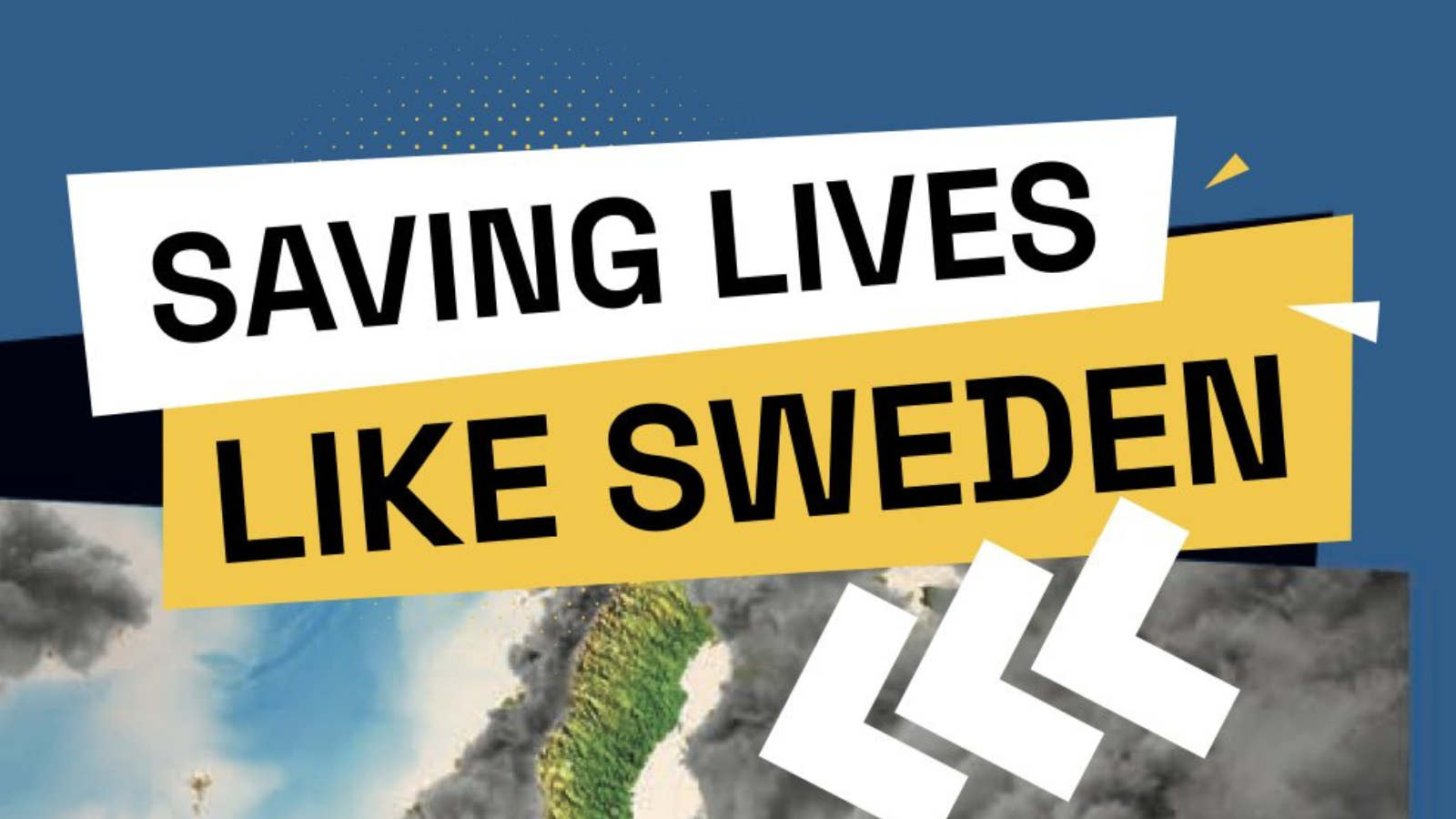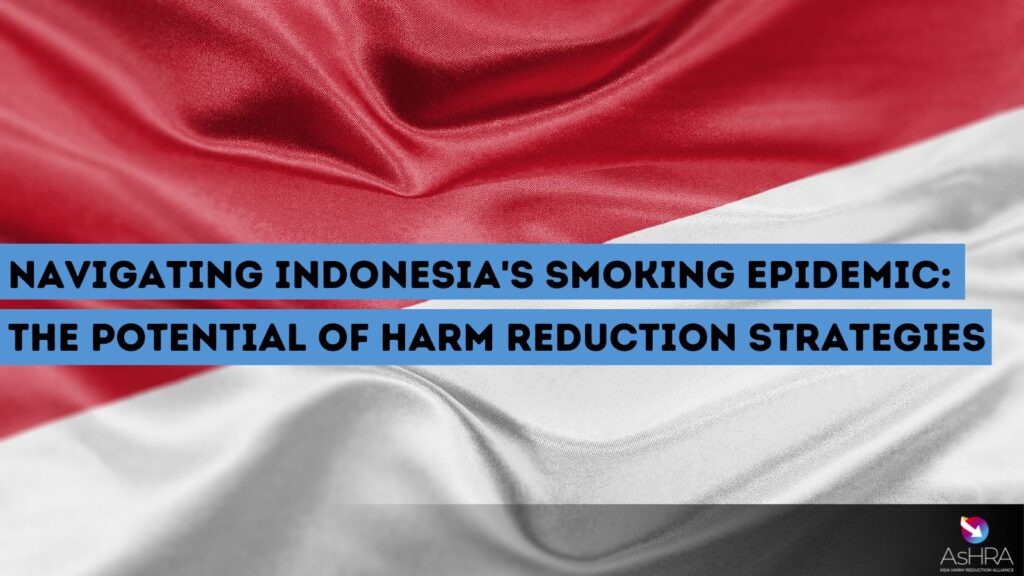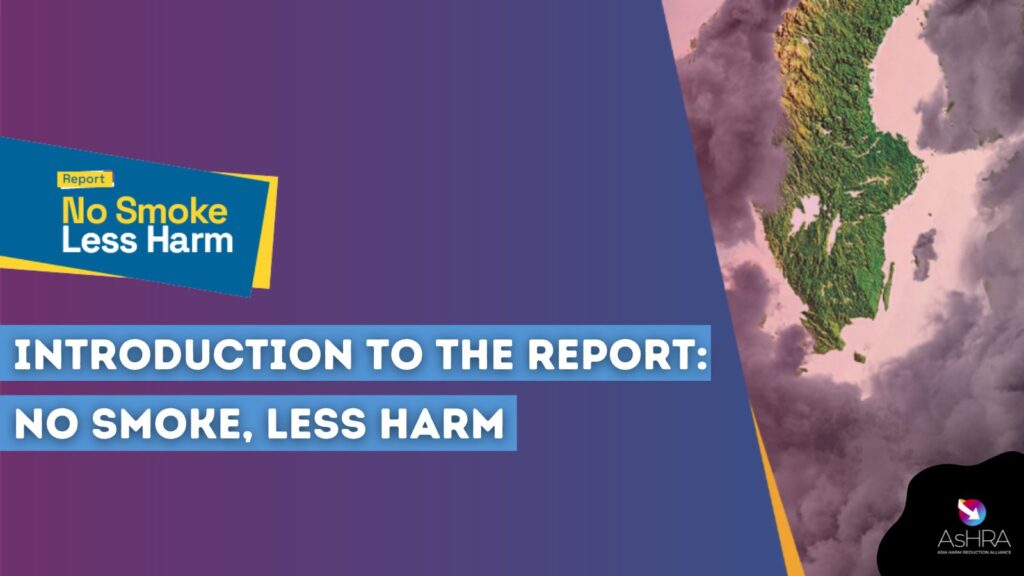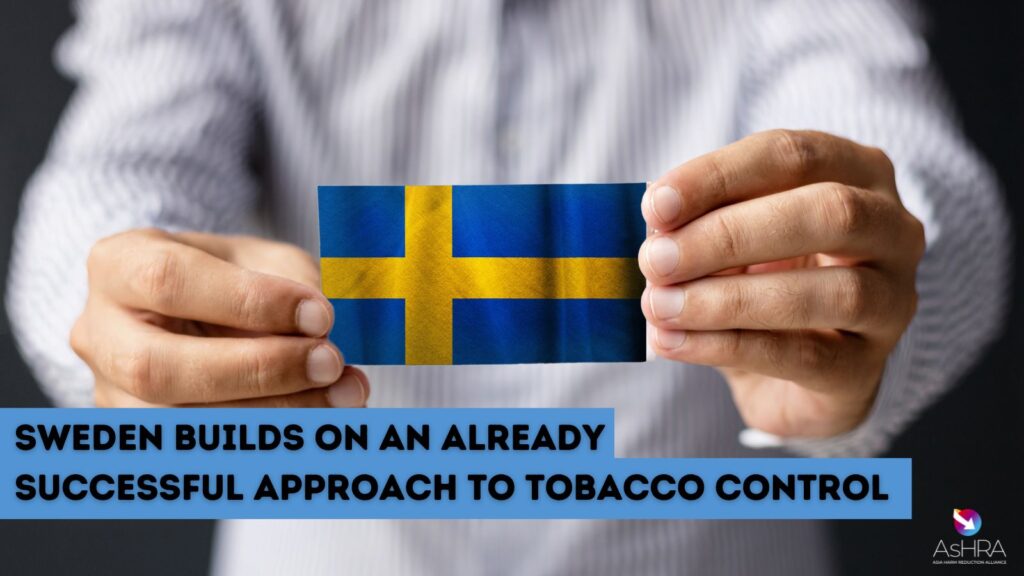Globally, 1.3 billion people use tobacco, and nearly 8 million deaths are due to tobacco-related causes and 200 million life years are lost annually. In the 18 years since the World Health Organisation (WHO) established its Framework Convention on Tobacco Control (FCTC), tobacco demand worldwide has declined too slowly and not at all in some low- and middle-income countries.
Global health’s goal of a smoke-free world by 2040 is unreachable at present. The exception to this, however, is Sweden – the only country about to achieve an adult smoking prevalence of 5% (or less) to classify as smoke free.
Sweden’s success in reducing smoking rates is irrefutable: its smoking prevalence of 5.6% is nearly five times lower than the European Union (EU) average of 23%. Studying and replicating Sweden’s tobacco control and harm reduction strategies can change the future for millions of smokers and save lives around the world.

Saving Lives Like Sweden is a report that examines Sweden’s tobacco control and harm reduction strategies and compares these to the tobacco control performance of the EU and other countries.
It examines the tobacco control objective of smoke free and current methods employed to achieve this goal. The report analyses current simulation modelling frameworks and notes their application to various countries.
By providing facts, analyses and calculations on Sweden’s total deaths, disability-adjusted life years averted, and life years saved, the report paints a picture of Sweden’s approach to tobacco harm reduction and reduced smoking prevalence. Unfortunately, it had to rely on outdated WHO data on tobacco-attributable deaths and make assumptions to estimate key health metrics in Sweden and make comparisons with other countries.
Saving Lives Like Sweden thus invites critique of methodology and encourages debate and the development of more accurate databases and methods. Furthermore, it calls on the WHO and global public health to study Sweden’s harm reduction strategies and develop epidemiologically sound methods to calculate the ‘size of the prize’ for public health.
Lastly, the report highlights a recent Swedish consumer perception study to show how important a whole-of-society approach and understanding consumer behaviour are to successfully address the challenge of the tobacco epidemic.
For more information on Sweden’s smoke-free success story, see also The Swedish Experience, a Roadmap to a Smoke free World.
Download the report:
Watch full event:
Related Posts
More about
Alcohol Harm Reduction
More about







